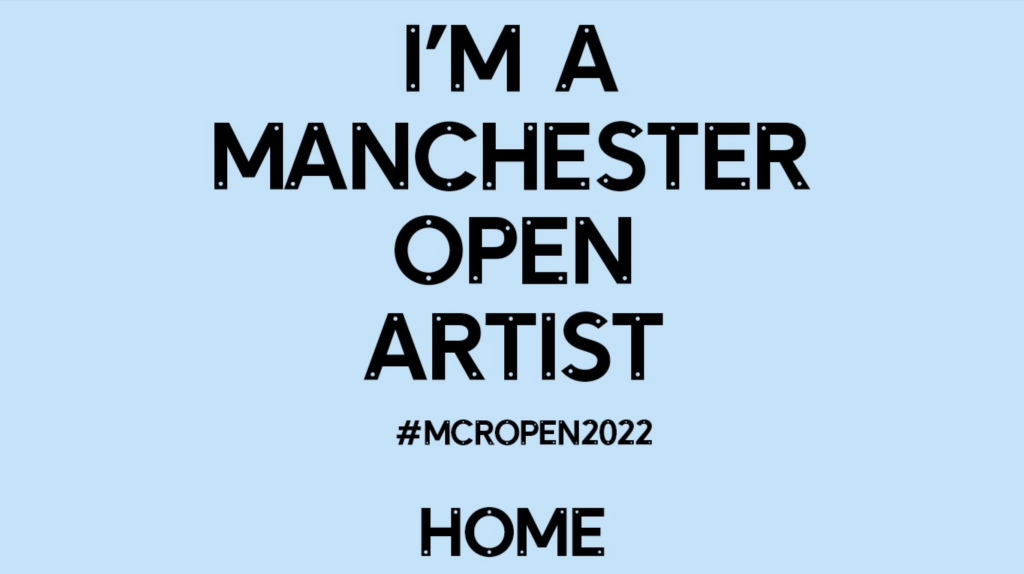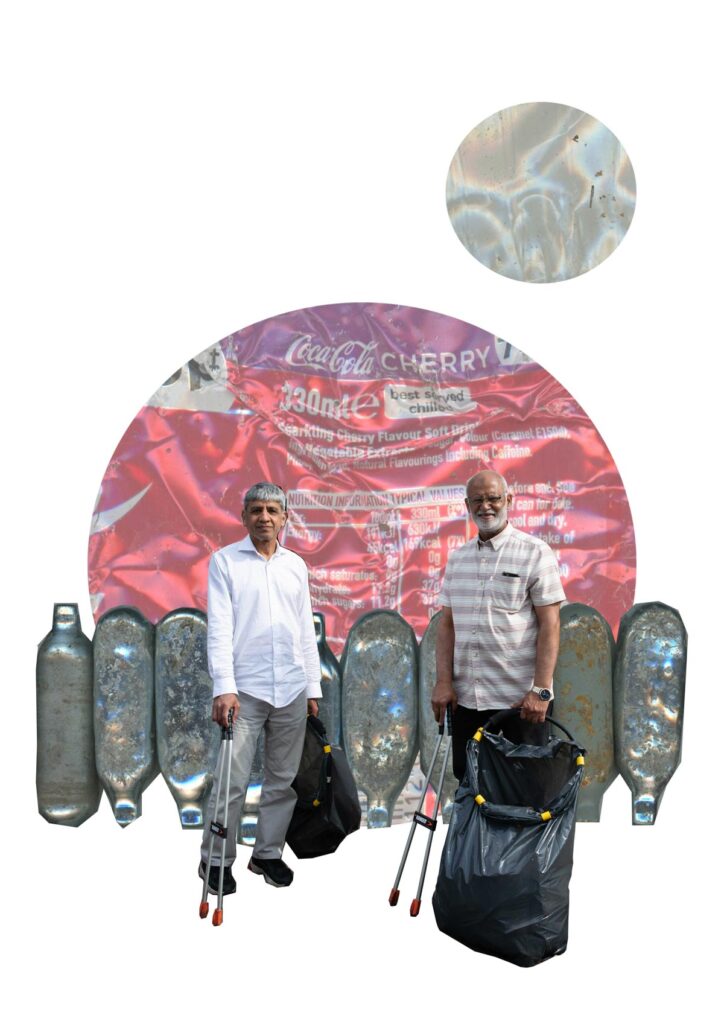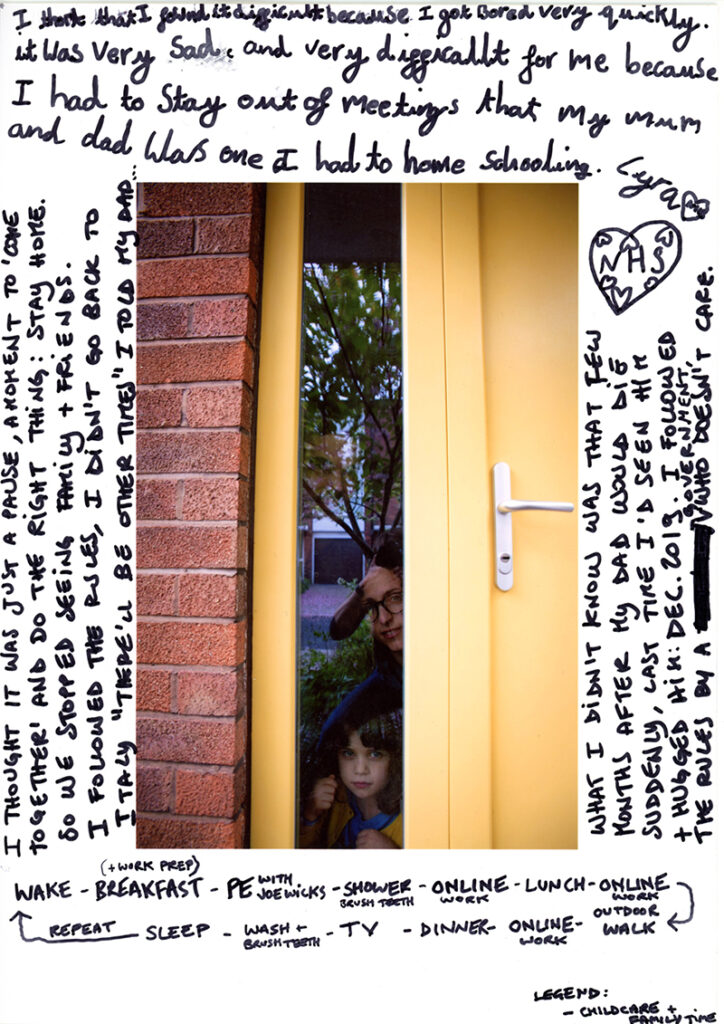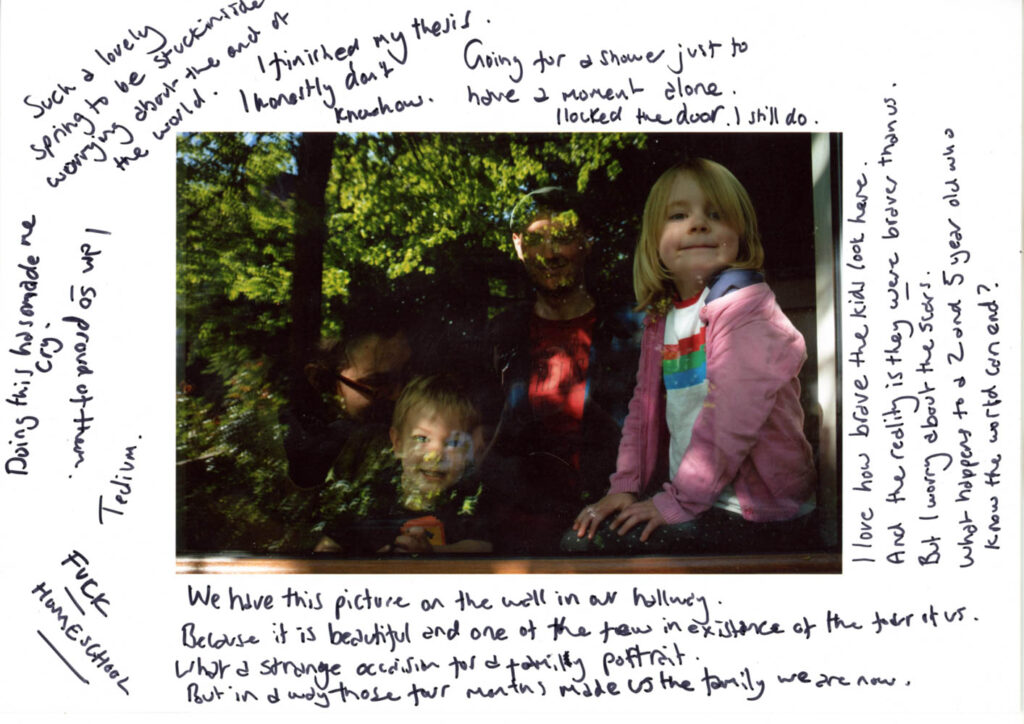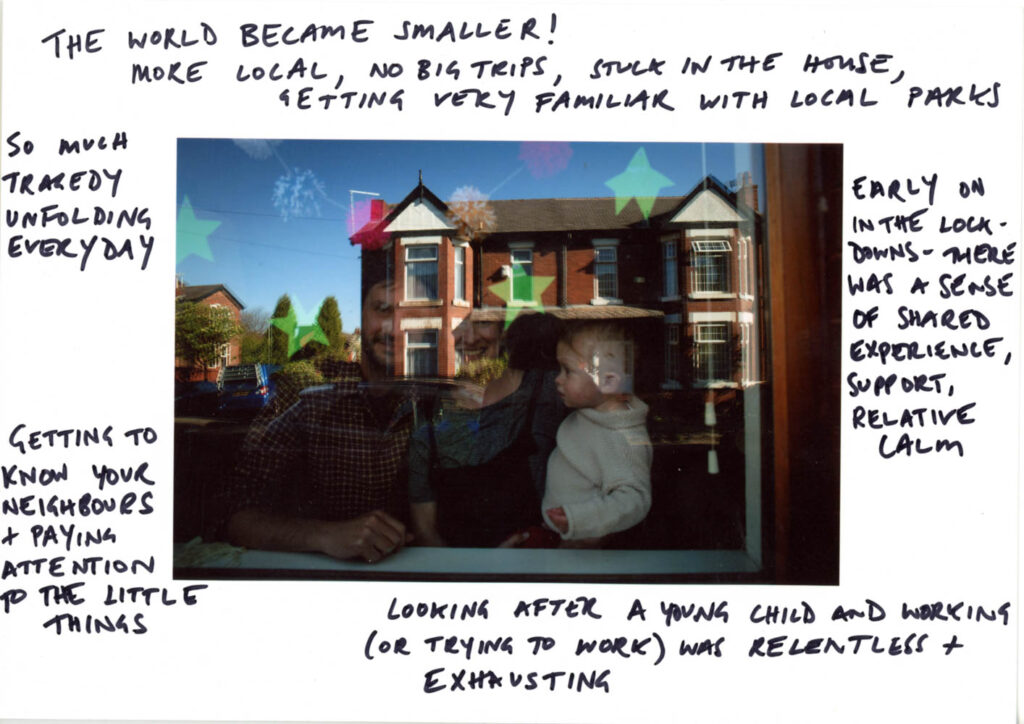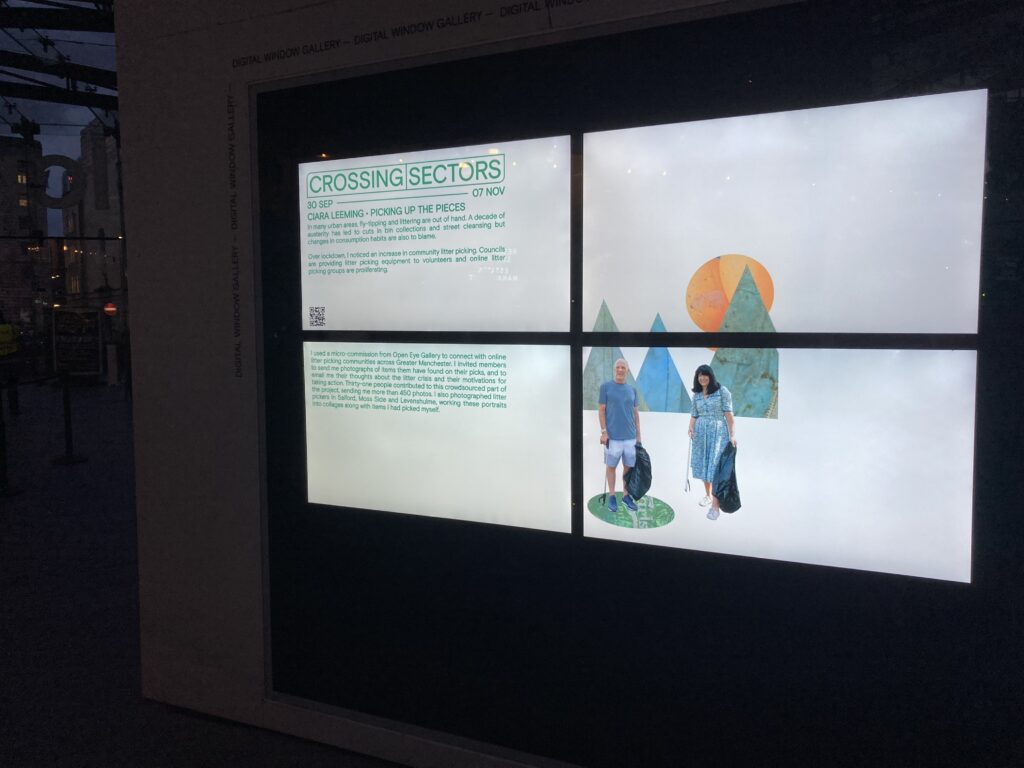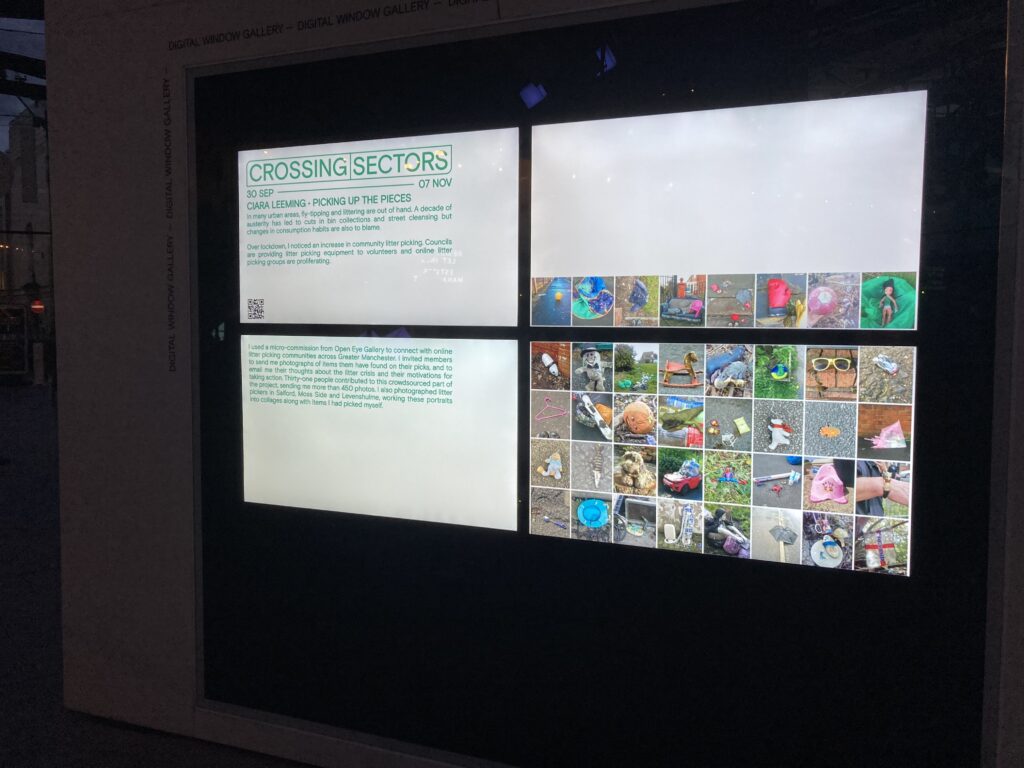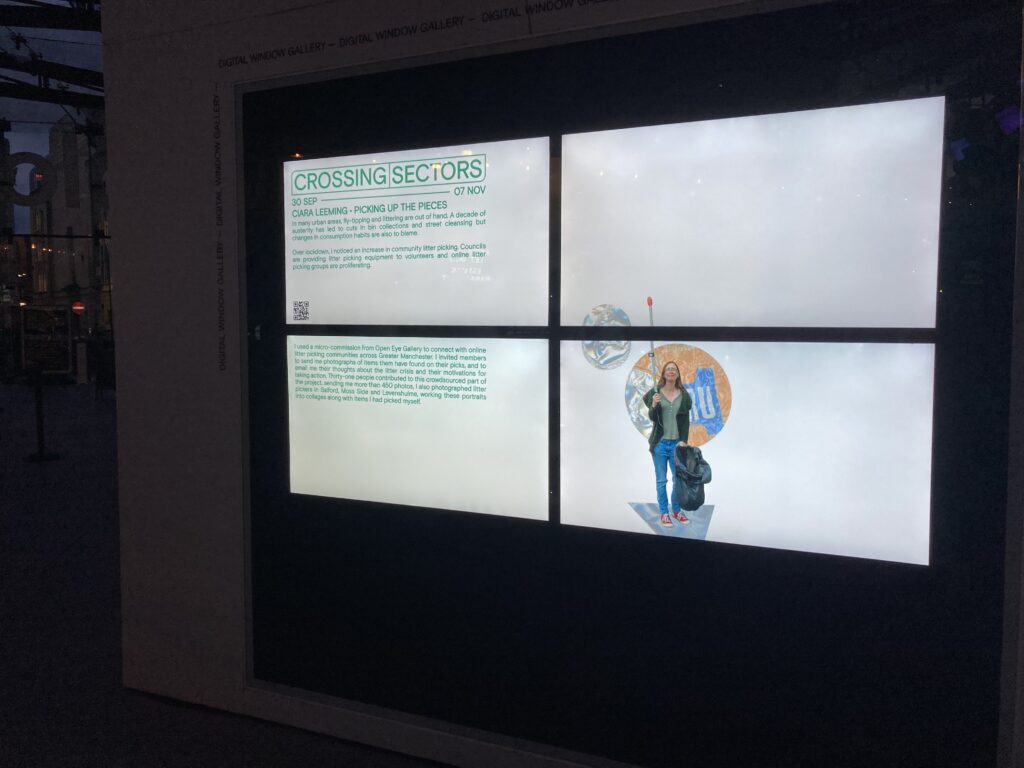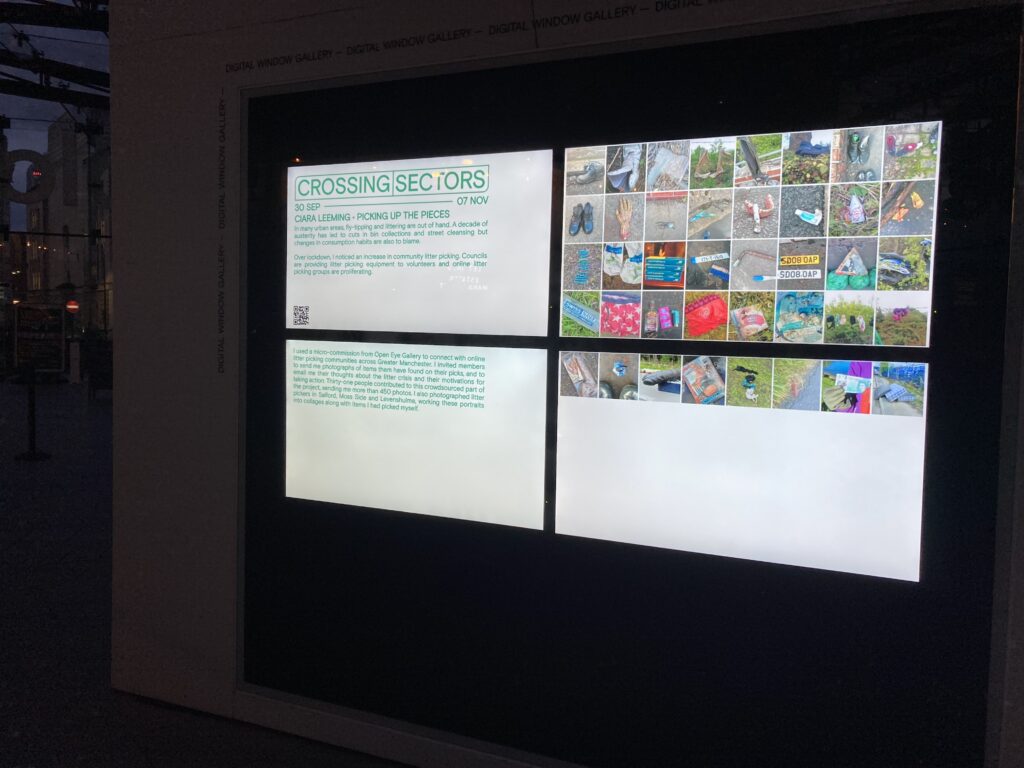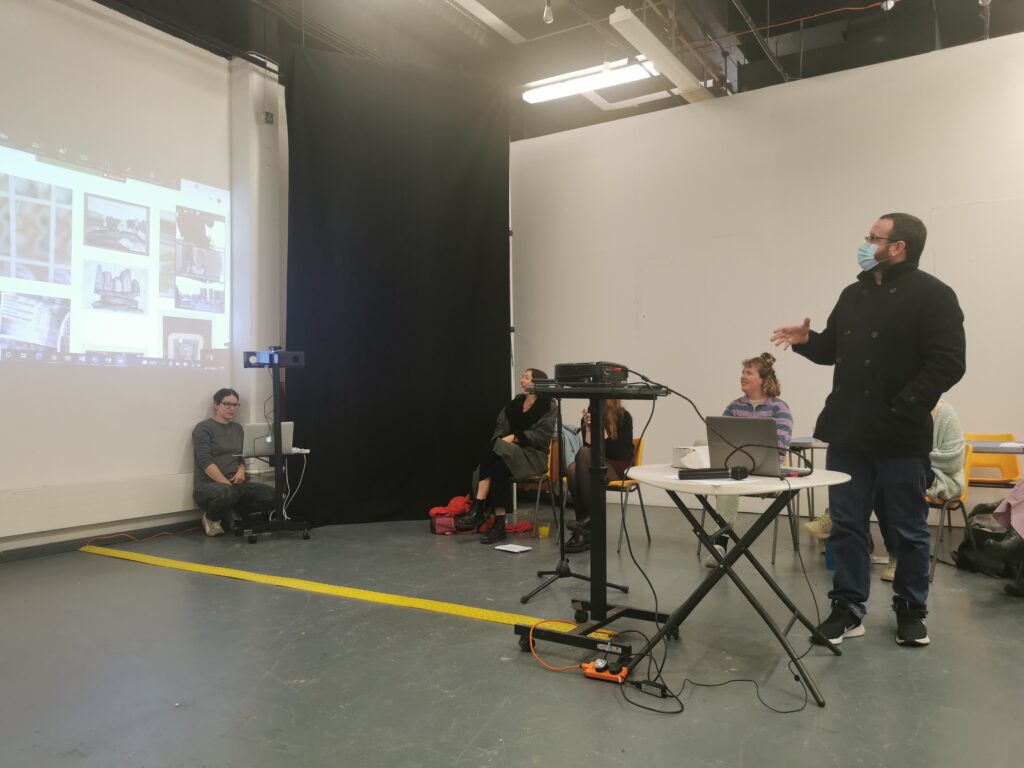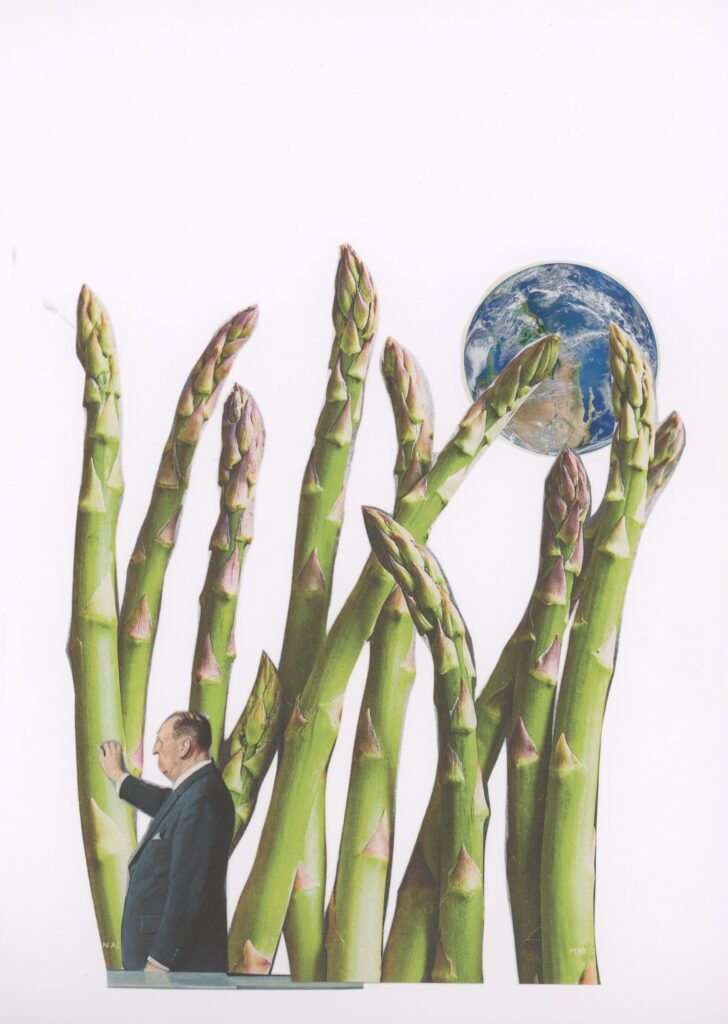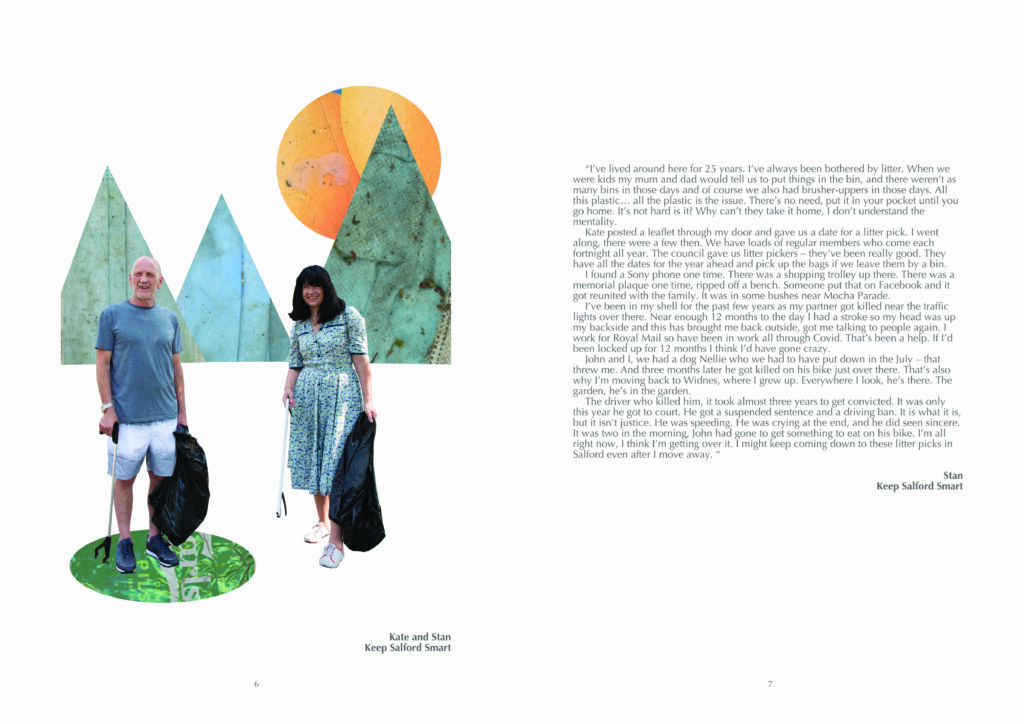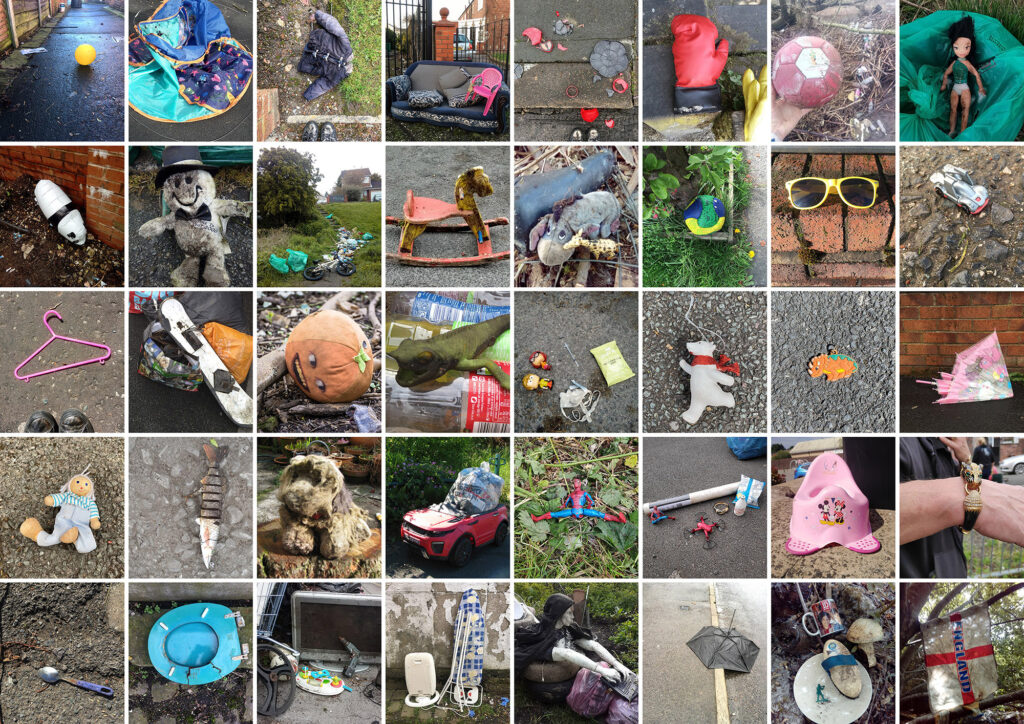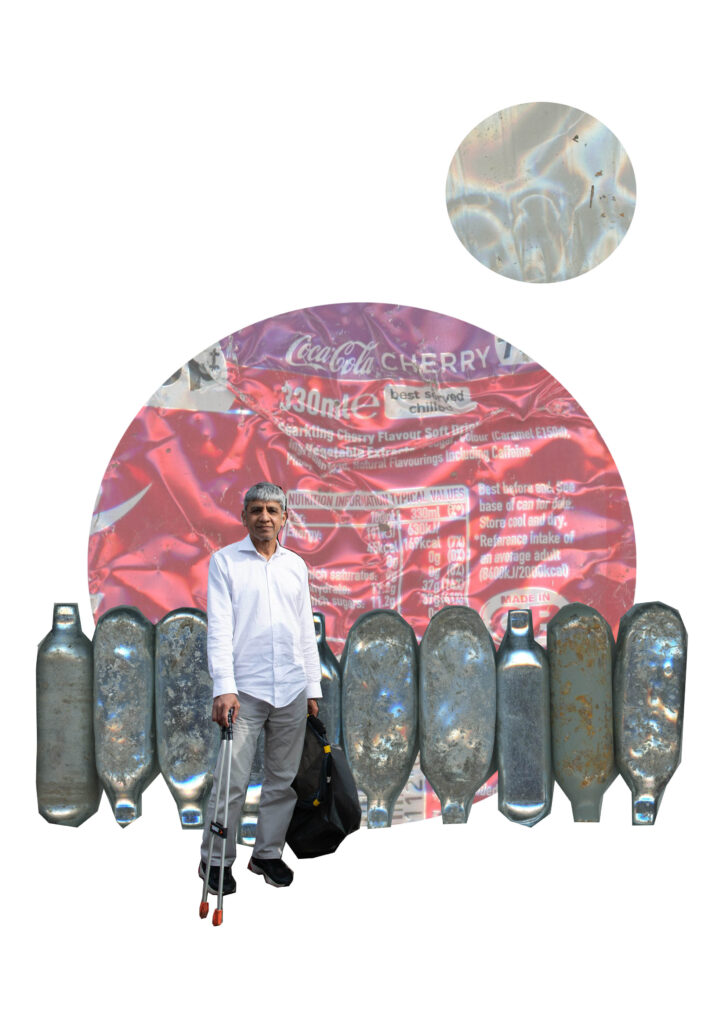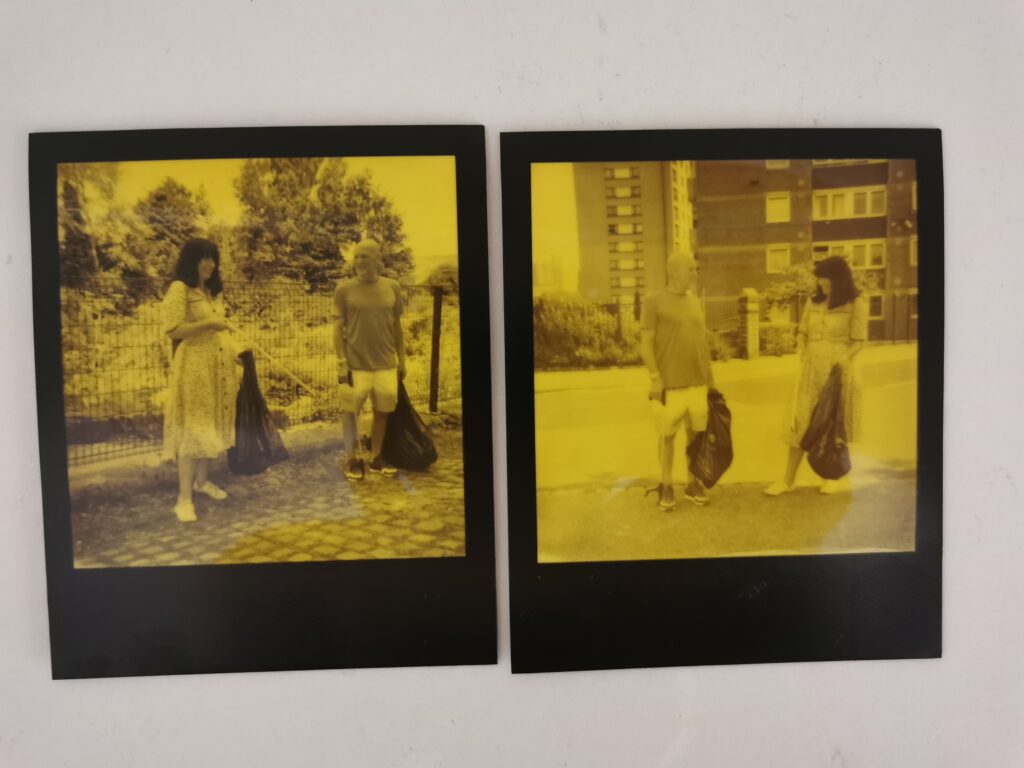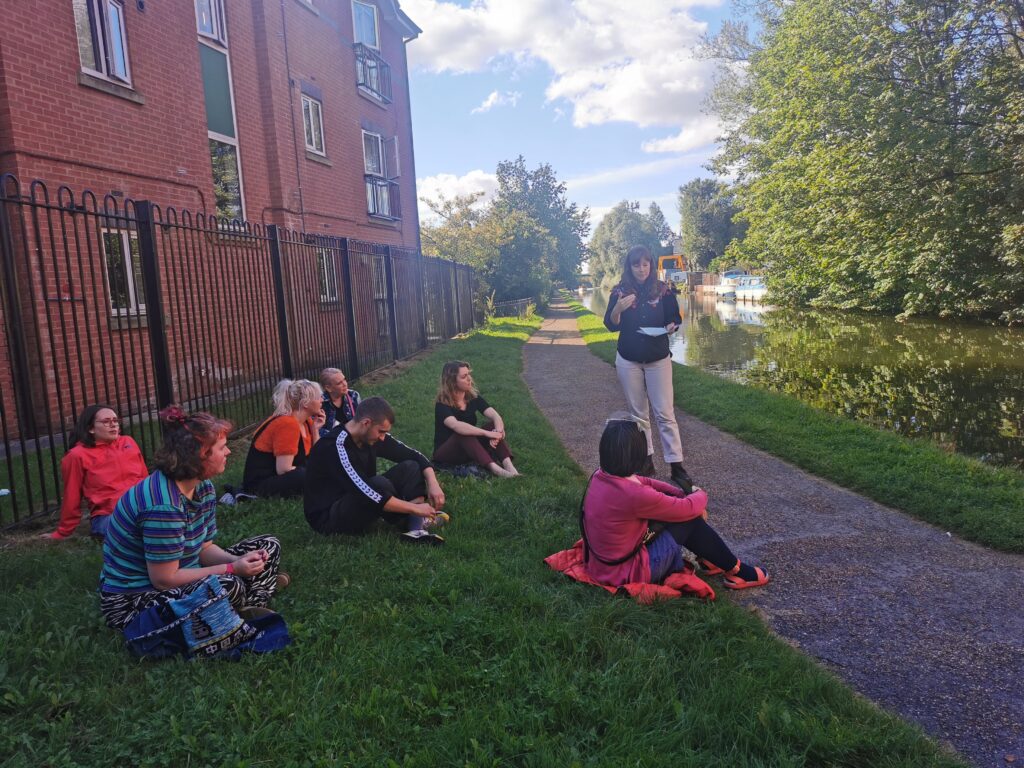
Yesterday was the second session of the Making of Us, a professional development programme I’m currently part of at the Turnpike in Leigh, along with eight other artists from different backgrounds. The day involved making bread and taking part in a walk along the canal with artist Niki Colclough, which was rather lovely.
We’ve been thinking about collaboration, our experiences of it and the different forms it can take – with partner organisations, other artists and of course project participants. It’s been interesting talking to people who have come from different disciplines – the group includes a poet, a ceramicist, someone who uses 3D printing and several who have a very interdisciplinary practice.
My own experience of collaboration is a bit mixed. As a freelancer for 15 years now I’ve become a lone wolf on a professional level – I tend to work on self-generated and self-funded photo and multimedia projects in which I do everything: the research, finding of participants, engagement, photography, interviews, audio, multimedia production, book/zine design and dissemination. I am good at a few of these things, adequate at others and really poor at some (dissemination and marketing in particular!) I don’t think the lone wolf model is one to aspire to – but it suits a control freak like me, especially one with such limited funding for work.
I have limited experience at collaborating with institutions (outside of commissioning editors from magazines etc). This is starting to change a little this year, thanks to a few micro commissions – and will hopefully continue to do so. I have never collaborated with another artist so that is all wonderfully new for me.
However, I do feel I have something to contribute when it comes to experience collaborating with project participants. Not in a formalised workshop setting but in a more organic sense. When I worked with Roma families in 2011-2014, I was quite conscious about making the work as collaborative as I could as a way to make the power dynamic less glaring (although it still existed of course… after all, there’s no getting away from the fact I’m a white middle-class media professional holding a massive camera). I worked with families for extended periods of time (years); asked participants to take photos of their daily lives; invited them to write or speak about images and family album photos and used photo elicitation as a method to generate texts (ie interviewing with images – more on this here, along with some examples).
They also got to see and approve photos before they were used in books and exhibitions. All the accompanying words were theirs. It wasn’t a perfect project, obviously. But I am confident they felt included and I know they didn’t feel exploited because we are all still in touch. I consider this a socially engaged body of work but this way of working is a spectrum and I was definitely still in the driving seat – the artistic vision and final photos were all mine. I once asked Ramona to come up with an alternative edit of my photos, which was quite different to mine, as you would expect (You can see this over here)
It was a fun experiment but I wasn’t ready to cede that kind of power – I was (and still am) in thrall to the idea of making aesthetically pleasing photos and to a degree to the ego-centric stereotype of the documentary photographer – but in a different setting and a different kind of project I would challenge myself to let go of this.
In preparation for yesterday’s session we were asked to read the article Power Up and to make notes. These are the points which leapt out at me in the reading and session itself:
- We should be responsive to the needs and wants of communities with which we are working – it’s about agency and empowerment
- Reflection on work is crucial
- Cultural capital can reinforce inequalities – how do we make sure we value the cultural capital of participants
- We need to consider our positionality, privilege and subjectivity and how these play into decision making.
- Beware of gatekeeping – we need to enable co-design of projects. Not just give people access to existing programmes. They need to be genuinely and equally invited.
- Consider where power lies – is this just about boxticking? Who sets the parameters and guidelines and makes the final decisions?
- Look out for cultural colonialism (ie asymmetrical exchange)
- Listen and reflect what you learn
- “Collaboration is often characterised by a degree of paternalism”
- Collaborator or participant?
- There’s a stereotype of socially engaged artists ‘doing good’ or ‘helping people’ – this can be paternalistic.
